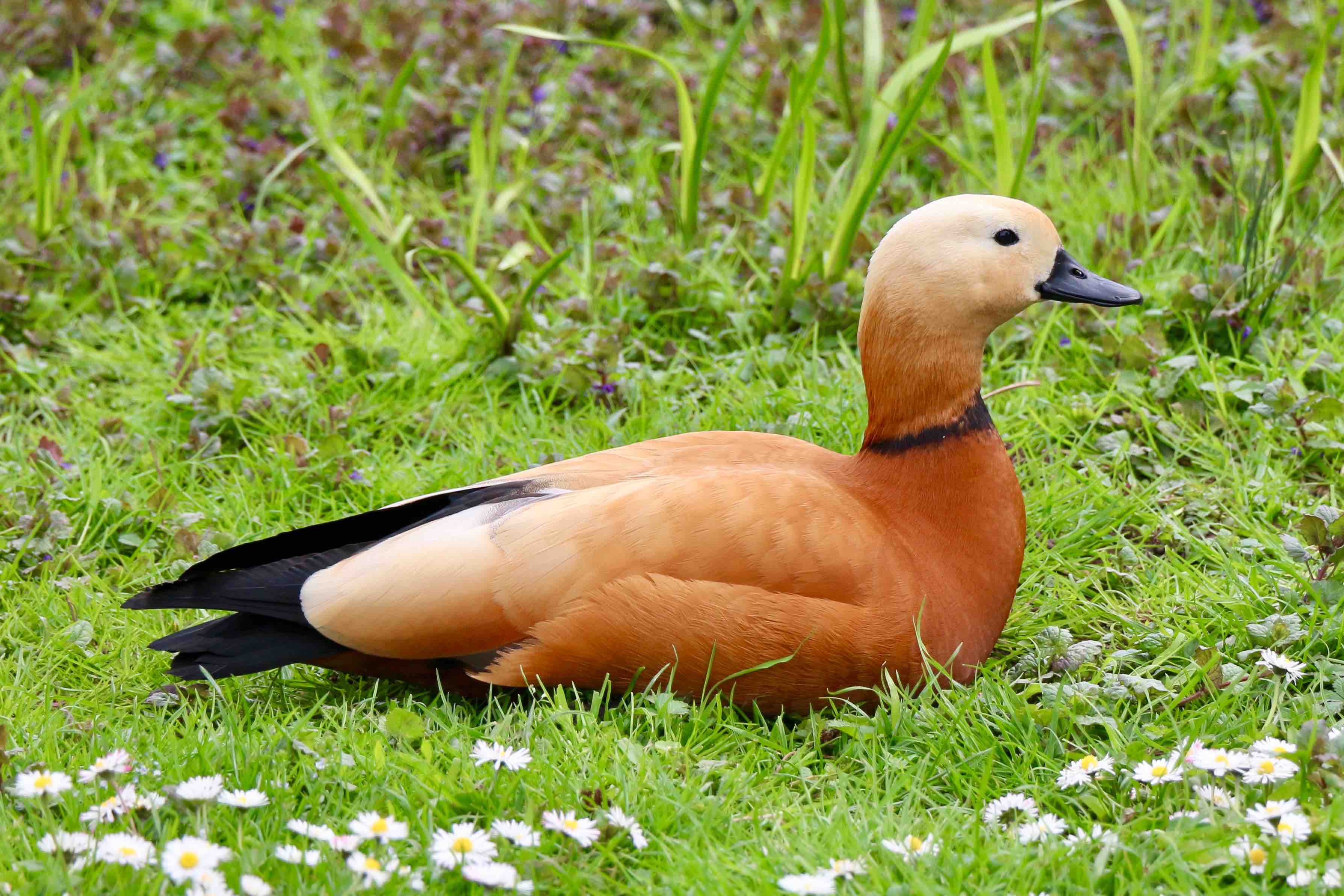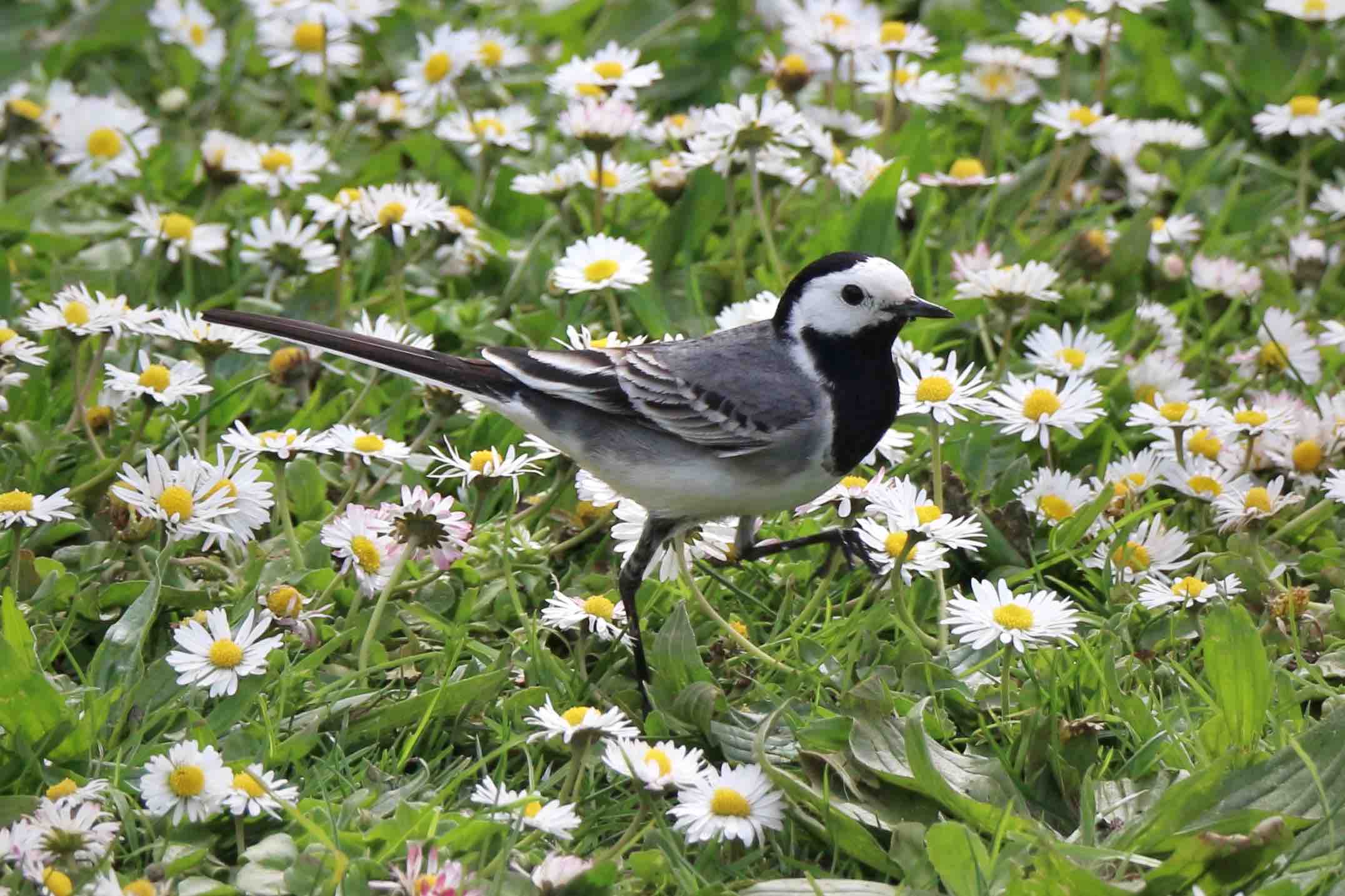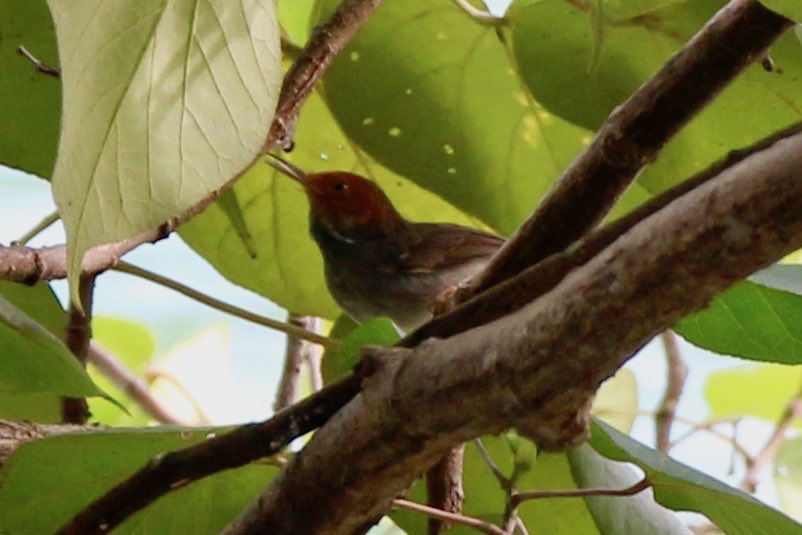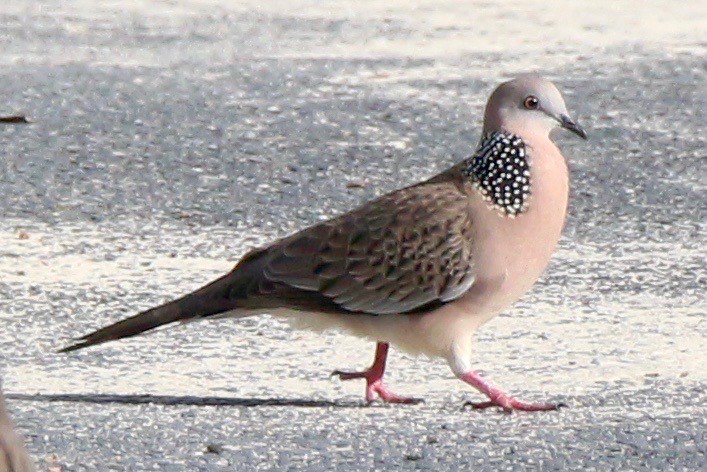Birds of 2023
birds machine learning by Vagrant GautamBird pictures, bird musings and a hopeful future for machine learning, as the year 2023 draws to a close.
It's getting to the end of 2023, another year I've spent thinking a lot about birds. This post is a random assortment of low-quality pictures of birds I saw and bird-related thoughts I've had this year.




About half of the photos in this post are of birds that were lifers (i.e., a species I identified for the first time in my life), and the other half are birds I've seen before. The latter is often just as exciting—you know, when it's not mallards—because it's like seeing a familiar face after a long time apart. Some other species I saw but could not photograph are: collared kingfishers, a black-naped oriole, a fieldfare, a great spotted woodpecker, Eurasian kestrels, Eurasian bullfinches, mute swans, bar-headed geese, common ravens, a crested tit, and a great egret.
This year I've been focusing on the aspects of birding that bring me joy - going on long, quiet walks, birding with either my binoculars or my camera but not both, pointing birds out to non-birders, IDing blurry photos from friends, and cataloguing my photos and bird lists. I've also spent a bunch of time learning stuff about birds, mostly from bird descriptions on Wikipedia, All About Birds, eBird and my field guides, but also from the Cornell Lab of Ornithology's Handbook of Bird Biology and a course on the evolution of birds (from dinosaurs!).
Focusing on the fun stuff has meant making my peace with the aspects of birding I'm not really interested in or good at, like getting up early. When I'm out birding, I don't like using my phone, which is why my eBird profile is so sparse. I'm also no longer very good at remembering or caring about facts and figures like scientific names or wingspans. This is the sort of thing I was really into before with cars, but my bird knowledge is much less concrete.





It's hard for me to describe the kind of bird knowledge I have now because it's so abstract, but I can describe what it has helped me with: I am now much faster and more accurate at looking at a bird and being able to narrow down what order / family / genus it is from. This applies even when I'm in new places looking at birds I've never seen before, or when I'm looking at really blurry pictures from places I've never even been to. It's just easier for me to tell when a beak has finch vibes or when an eye has falcon vibes. Fun fact: what I call vibes is referred to by some birders as a bird's jizz (no, this is not a joke).
As it turns out, there is a scientific basis for this, as this article about how birding changes your brain explains. Experienced birders apparently use the same parts of their brains when looking at birds as they do faces of people. The more you practice, the more you develop neural pathways that get better and faster at recognizing and remembering birds you see in new settings.
What some of the birders in that article describe is exactly my experience: being able to, in a few seconds, synthesize a whole bunch of features ("markings, silhouette, shape, movements, and sounds"), ignoring any extraneous information, and my brain "just converges very fast on what it is." It's rather remarkable to stop and think about because when I started out birding, I was the kind of person who couldn't tell apart a blackbird from a crow. For non-birders: this is like not being able to tell apart a wallet from a tote bag in the same colour. I've been birding for about 6 or 7 years now and it's cool to see how sharply my skills have improved.




I tried testing my bird ID skills recently at a birding trivia event hosted by the Cornell Lab of Ornithology. Audience members, a pair of birding experts, and the Merlin Bird ID app were all competing to identify birds. I know I didn't do as well as the experts but I couldn't keep track of my score; I was distracted by some really high-quality discussion of machine learning tech at the event, which I wasn't expecting.
The Merlin app uses machine learning to automatically identify birds through sound or pictures, and one of the engineers who works on it, Sam Heinrich, was called on periodically to explain some of the app's answers. For example, one round of trivia involved identifying an extremely clear picture of a Steller's sea eagle seen in Newfoundland. This particular individual happens to be a rather famous vagrant (hello!), with multiple news articles and even a section on Wikipedia about it. I was able to identify it as soon as it showed up on screen, as were the audience and the birding experts. The app, however, came up with no guesses. Heinrich explained that Merlin can't read the news and is just stuck with what it knows, which is that Steller's sea eagles are extremely unlikely in Newfoundland. This is precisely why this individual bird made the news in the first place - because it is so rare. So while the app can be really good at identifying birds with a high probability of being in your location, it may not be so good at identifying even really distinctive-looking vagrants.
On the other hand, when asked to count the distinct species of birds in a chorus of migration calls, all the humans struggled. The bird experts counted 4 species whereas there were in fact 5 distinct species, and the app even correctly identified all of them. Heinrich said that humans have to zone in on one call at a time to count them, whereas Merlin, with its effectively unlimited attention span, has an advantage in this kind of situation.
I've been raving about this event all year because it's now my favourite example of communicating about the limits and possibilities of machine learning technology, with accessible, non-technical language, and both positive and negative examples of the app's abilities, to demonstrate to users when it's useful and when to just ignore it and rely on your own skills and intuitions. In the end, the bird experts won, Merlin came second, and the collective wisdom of the audience came in last, but we all left more knowledgeable about how best to use Merlin. I left hopeful about a future where we have more birders, more actually useful applications of machine learning like Merlin, and more responsible communication about all machine learning tech like I saw at this event.




On this hopeful note, goodbye to 2023 and happy new year, reader. I hope you see lots of good birds in 2024, and maybe even a vagrant, if you're lucky!
- Next post: Efficiently teaching computers to know what they don't know
- Previous post: In Memory of Jon: Reflections on Crip Linguistics
- Back to the archive